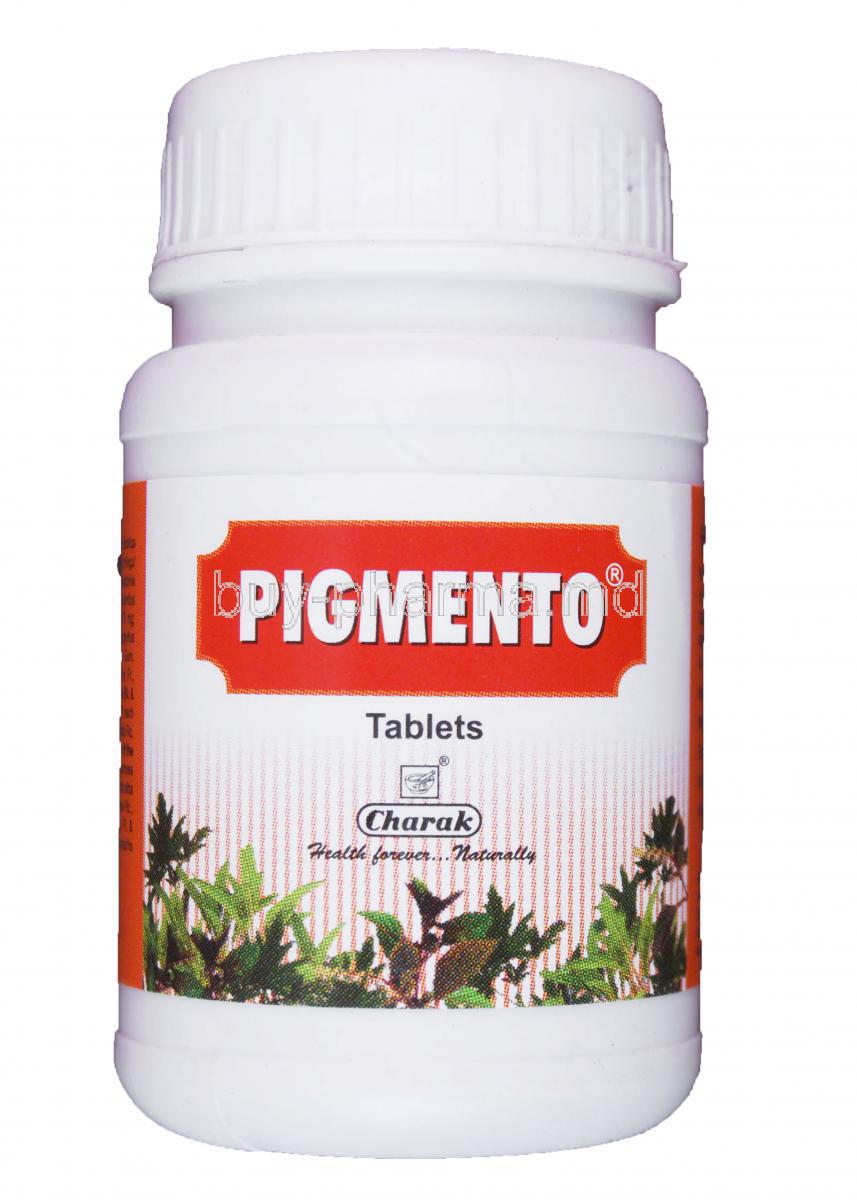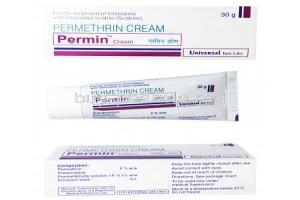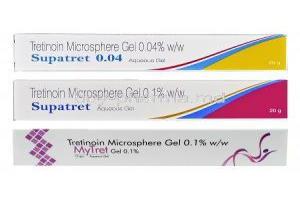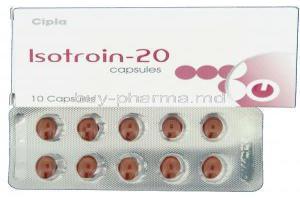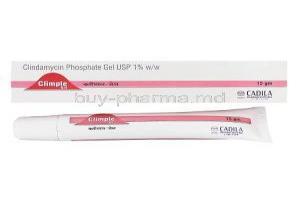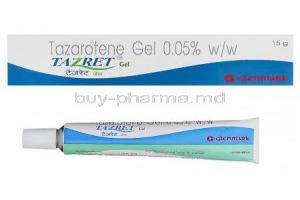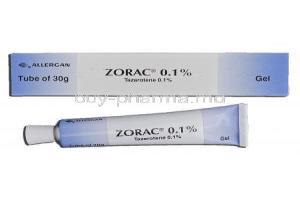Pigmento
- Introduction
- Composition of Pigmento
- Uses of Pigmento
- Off-Label Uses of Pigmento
- How Pigmento Works
- Dosage and Administration
- Common Side Effects of Pigmento
- Serious Side Effects and Adverse Reactions
- IX. Interaction of Pigmento with Other Medications
- X. Warnings and Contraindications
- XI. Careful Administration of Pigmento
- XII. Important Precautions When Using Pigmento
- XIII. Administration to Elderly Patients
- XIV. Administration to Pregnant Women and Nursing Mothers
- XV. Administration to Children
- XVI. Handling an Overdose of Pigmento
- XVII. Storage Instructions for Pigmento
- XVIII. Handling Precautions for Pigmento
Introduction
The field of medicine is entire of treatments and Pigmento specializes in providing therapeutic solutions, especially for dermatological issues. This specific formulation is designed to treat skin depigmentation disorders with a focus on vitiligo. It's crucial to have an understanding of how to use medication correctly, be aware of potential risks and follow necessary safety protocols to maximize its benefits effectively.
Composition of Pigmento
Active Ingredients and Their Roles: The effectiveness of Pigmento primarily relies on chosen active ingredients. These components play a role in restoring skin pigmentation and strengthening the skin's defense mechanisms against oxidative stress. Psoralea corylifolia; This ingredient aids in the synthesis of melanin contributing to the repigmentation of the skin. Piper longum; With its inflammatory properties, this ingredient helps bolster the skin's resilience. Inactive Components and Their Functions: In addition to their stability, the passive components of Pigmento serve as a framework for the ingredients and ensure optimal delivery of the therapeutic agents.
Uses of Pigmento
- Pigmento is an herbal formulation with anti-inflammatory, immunomodulatory, and melanocyte-stimulating properties. Charak Pharma Pvt. Ltd. markets it as a natural remedy for vitiligo.
- Vitiligo is a common hypopigmentation disorder with a significant psychological impact if it occurs before adulthood. It is considered to be an autoimmune disorder that involves loss of pigment in patches of skin and mucosa.
- Opzelura is a topical Janus kinase (JAK) inhibitor that was approved by the FDA in 2023 for the treatment of nonsegmental vitiligo in adult and pediatric patients 12 years and older. It is the first pharmacologic treatment to address repigmentation in vitiligo patients.
- Ginkgo biloba is a plant extract that has been shown to have antioxidant, anti-inflammatory, and immunomodulatory effects. A clinical trial in 2011 reported that oral administration of Ginkgo biloba for 12 weeks resulted in significant repigmentation in 10 out of 25 patients with vitiligo vulgaris.
Off-Label Uses of Pigmento
Investigating Non-FDA Approved Uses: Although the FDA has not officially approved Pigmento for applications, anecdotal reports are indicating its potential effectiveness in treating various hyperpigmentary disorders. Several clinical experiences and case studies have documented positive outcomes of using Pigmento for conditions not typically associated with its conventional use, highlighting the possibility of broader therapeutic applications.
References:
Pigmento: A Review of Its Clinical Efficacy and Safety. Skin Therapy Letter. 2014;19(6):1-4.
How Pigmento Works
The way Pigmento works in target conditions involves two aspects: it encourages melanocytes to produce melanin and helps alleviate the autoimmunity commonly associated with vitiligo. In terms of its effects on the body, Pigmentos pharmacodynamics involves a range of molecular-level interactions that ultimately lead to skin repigmentation. When it comes to how the body processes Pigmento, thorough exploration has shown that its compounds are optimally absorbed and distributed, which is crucial for achieving therapeutic results.
Dosage and Administration
Dosage recommendations; Pigmento follows a protocol for administration but the specific dosing may differ based on the severity of the condition. Dosage adjustments might be necessary for populations like children and elderly patients, emphasizing the importance of personalized treatment plans.
Common Side Effects of Pigmento
Minor Adverse Reactions and Management: In cases, patients might experience mild discomfort in the stomach or temporary skin irritation, which can be easily managed and often go away on their own. Based on data, it has been found that side effects are rare and primarily not severe confirming that Pigmento has a good safety record.
Serious Side Effects and Adverse Reactions
Recognizing and addressing complications: In the unlikely event of severe adverse reactions, it is essential to seek immediate medical attention. To ensure interventions and minimize risks to patient health, strict reporting protocols are followed for such incidents.
IX. Interaction of Pigmento with Other Medications
Interactions and Consequences of Known Drug Interactions: When Pigmento is taken alongside medications, it can result in a range of interactions, some harmless and others harmful. These interactions can affect how the medicines are processed in the body, influence their effectiveness, and increase the likelihood of experiencing side effects. For example, if Pigmento is used at the time as drug that makes your skin more sensitive to light it may increase the risk of developing a reaction to sunlight. It's essential to be cautious when using Pigmento with immunomodulators since they can potentially affect how well Pigmento works. Guidelines for Avoiding Interactions: To prevent harmful interactions, it's crucial to review all your medications and supplements carefully. Make sure you inform your healthcare provider about everything you take, over the counter drugs and herbal supplements. This will help them ensure your safety and provide guidance for your treatment plan.

X. Warnings and Contraindications
XI. Careful Administration of Pigmento
XII. Important Precautions When Using Pigmento
XIII. Administration to Elderly Patients
XIV. Administration to Pregnant Women and Nursing Mothers
XV. Administration to Children
XVI. Handling an Overdose of Pigmento
Signs of an overdose and what to do immediately: If someone experiences an overdose, they may show worsened side effects or new severe symptoms. It's crucial to seek help promptly in such situations. Medical steps for addressing an overdose: Dealing with an overdose involves providing care and might involve actions, like stomach pumping or giving activated charcoal, depending on how severe and when the overdose occurred.
XVII. Storage Instructions for Pigmento
As a result, it is essential to store Pigmento in suitable conditions. Keep it at room temperature, away from light and moisture. It's also crucial to follow the recommended shelf life to ensure the safety of the medication. If Pigmento has expired or is no longer needed, it should be disposed of according to local regulations to prevent environmental harm.
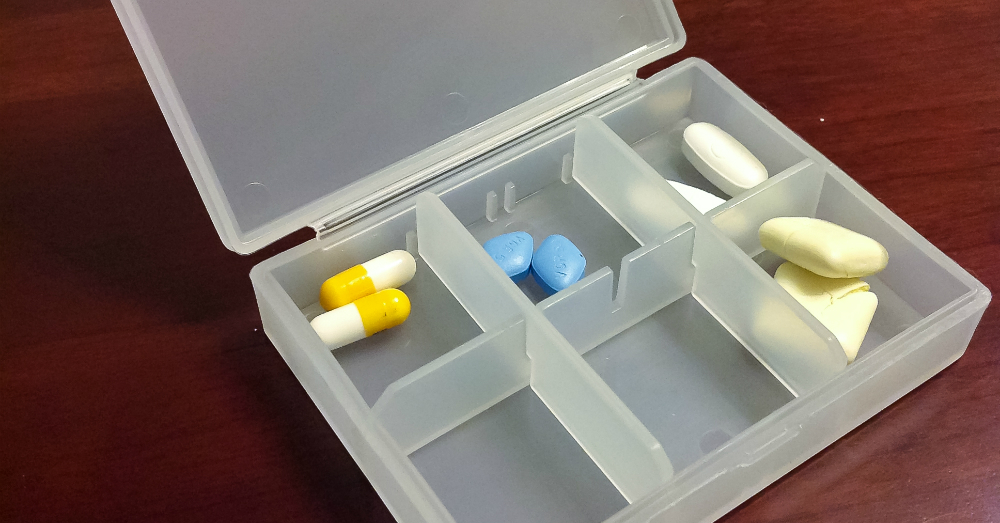
XVIII. Handling Precautions for Pigmento
Safety Precautions: It is crucial to handle Pigmento with caution to preserve its properties and ensure its effectiveness for therapy. To avoid contamination or improper use, appropriate measures should be taken, prioritizing the well-being of patients.

